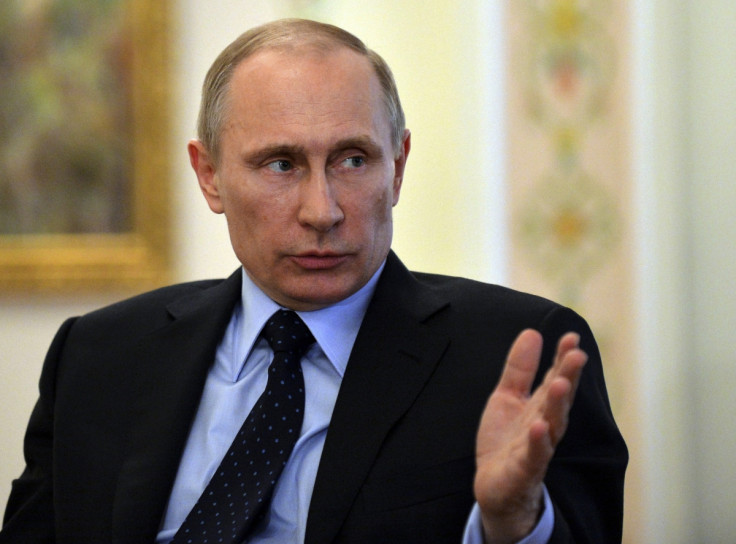Pentagon Studies Body Language of Putin and Others to Guide Policy Decisions

A Pentagon think tank is studying the body language of Russian President Vladimir Putin and other world leaders to understand them better and to use their psychographic profile to inform policy decisions, according to documents and statements issued to the press.
The US government had been spending about $300,000 annually to fund research on "movements" of key international leaders, including Putin.
President Putin was studied in 2008 and in 2012, but his body language interpretations were not used to guide policy decisions on the Crimean crisis in Ukraine, Pentagon spokesman Admiral John Kirby said.
For decades, the research on foreign political players was led by Andrew Marshall at the Office of Net Assessment, a Pentagon think tank, even as this year its budget is about $12m.
Brenda Connors, Director at Body Leads and a research fellow at Naval Wall College in Newport, has worked with other experts to lead the research on Putin.
Her work includes a 2008 report on the Russian president called "Movement, The Brain and Decision-making, the President of Russia, Vladimir Putin", according to USA Today.
Connors admitted researching on Putin and other international figures, but directed all the questions to Defence Secretary Chuck Hagel's office.
However, Kirby said that Hagel did not know much about the studies, and he got to know about them only through press reports.
"We didn't ... commission a study to study Vladimir Putin's body language," Kirby said at a news conference. "The researcher ... determines the identity of the individuals that she wants to look at on her own."
Connor has also worked on Putin's body language in the past and has written several newspaper articles on him.
In one article published in Providence Journal, she says Putin's body language showed that he was "a man struggling to move forward - a weakness that is proving to be an impediment to both his leadership and Russia's future".
She went on to say that split-second movements recorded in videotapes can decipher "a person's signature movement style, a pattern as unique as a fingerprint."
She then described Putin's body language typical of a person who is "risk averse - stuck in place and time" and "extremely sensitive to criticism".
"Putin's inability to integrate movement ... raises obstacles to his sophisticated exercise of power."
"His judo displays show a contender trying to advance, but his movement pattern causes the 'tail' to lag. One could compare this to his desire to move Russia forward while remaining stuck in the Soviet past," the article said.
Movement pattern analysis was developed in the 1940s by late Rudolf Laban, a Hungarian movement analyst, who died at the age of 90. US military records reportedly show that he was paid $24,000 in 2011, while an obituary in the Independent appreciated him for his contribution to studies on President Putin.
© Copyright IBTimes 2025. All rights reserved.



















